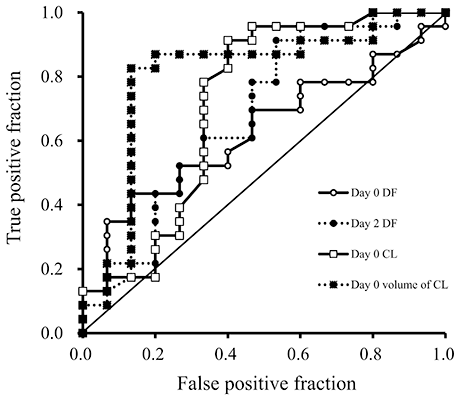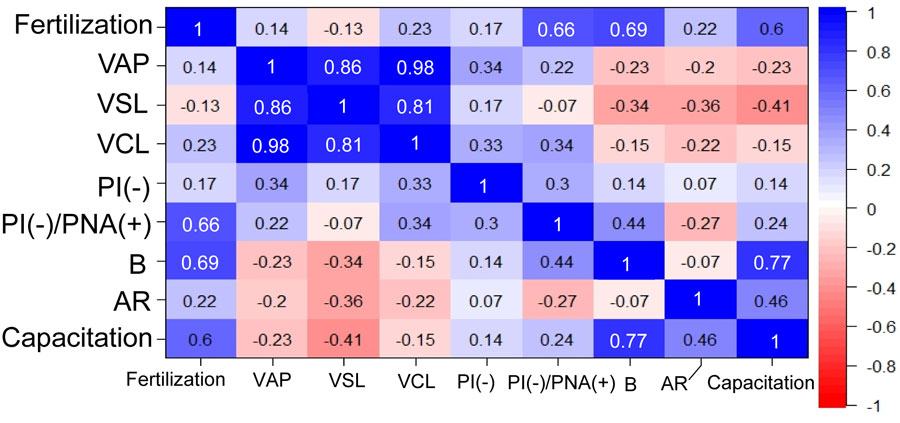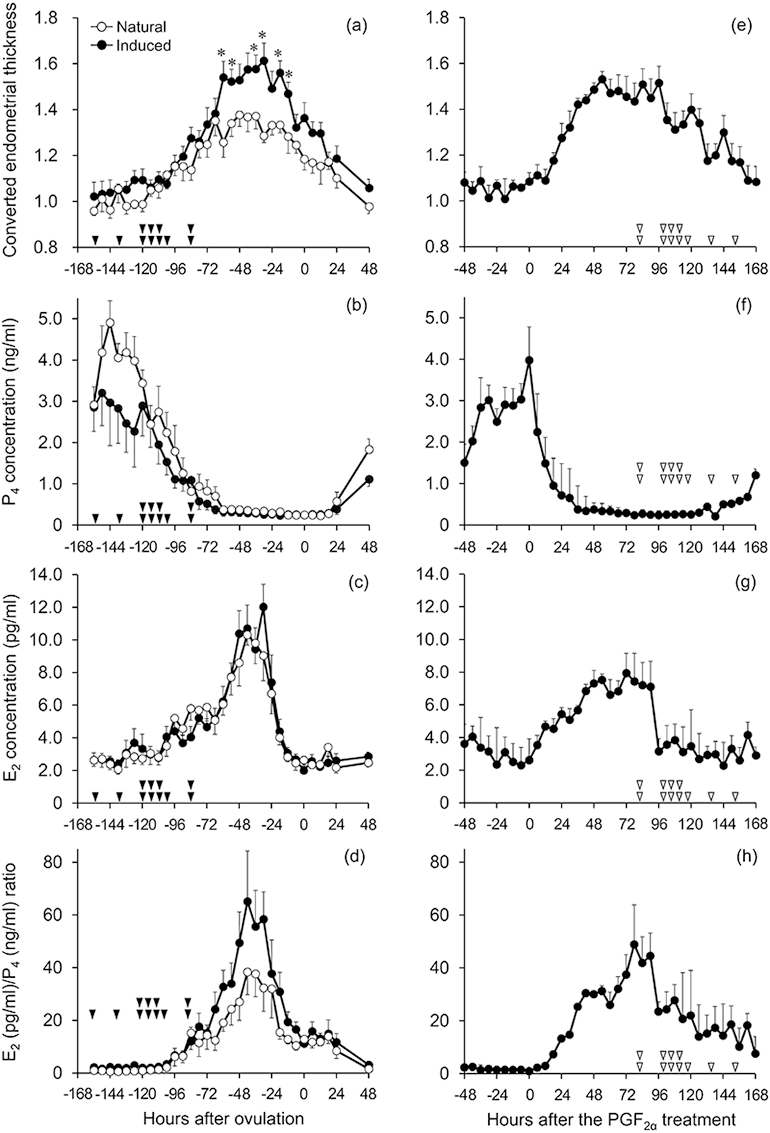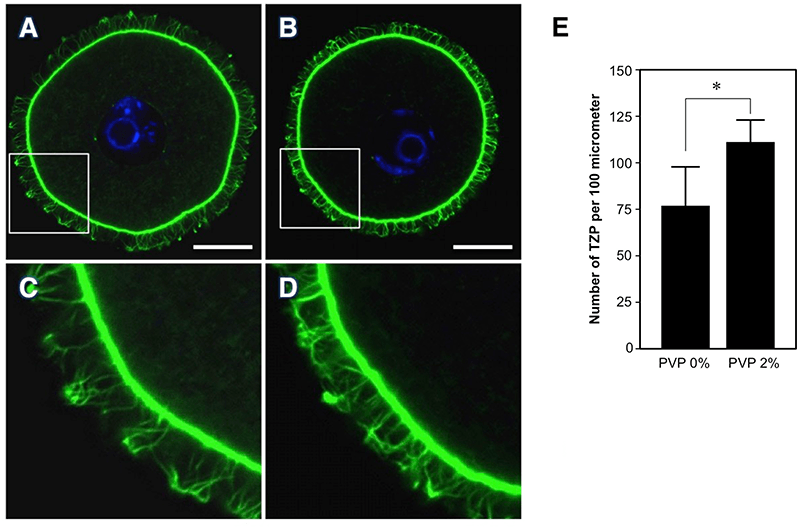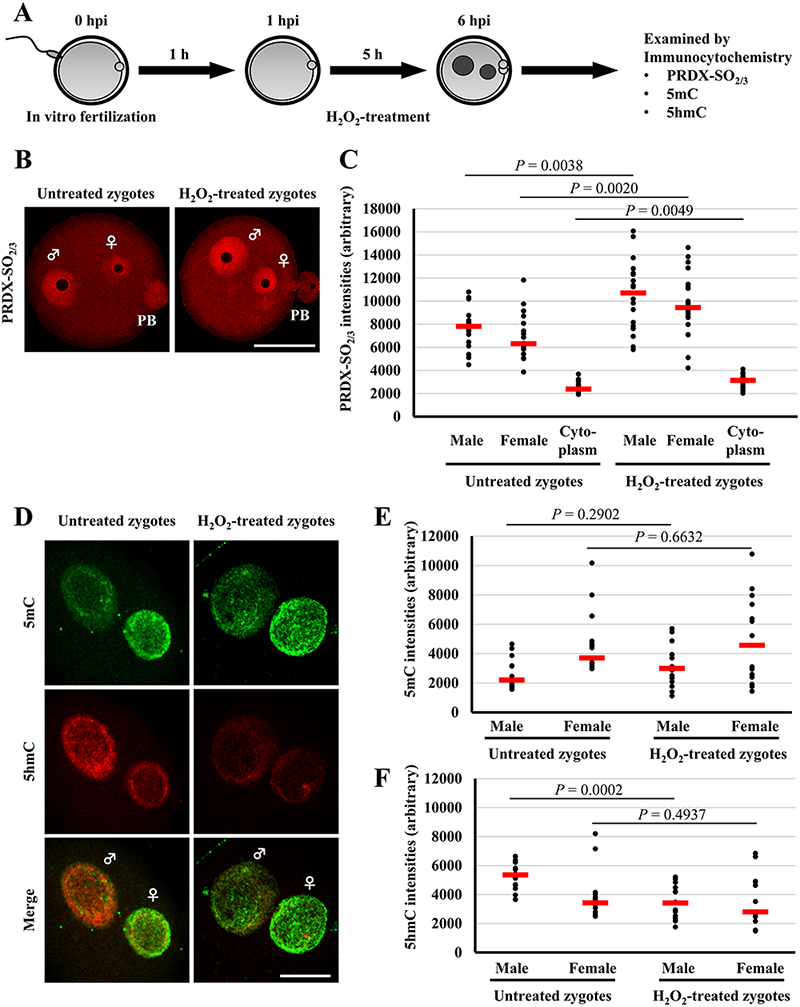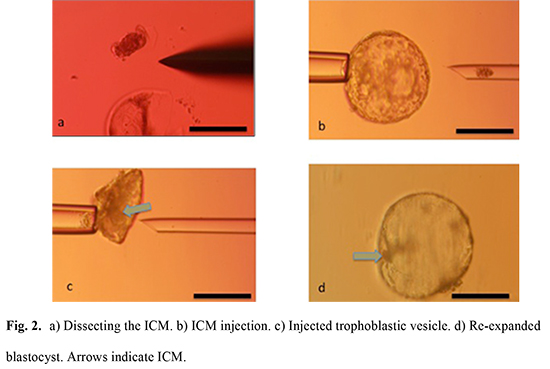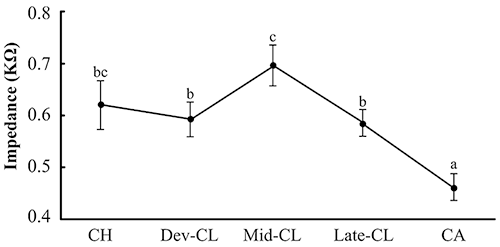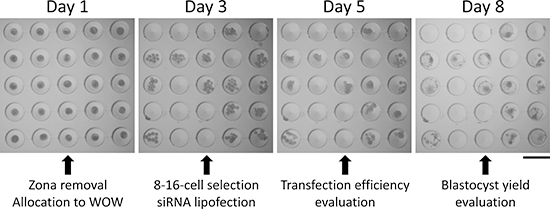- |<
- <
- 1
- >
- >|
-
原稿種別: Original Article
2018 年 64 巻 2 号 p. 101-108
発行日: 2018年
公開日: 2018/04/13
[早期公開] 公開日: 2017/12/23PDF形式でダウンロード (1932K) -
原稿種別: Original Article
2018 年 64 巻 2 号 p. 109-115
発行日: 2018年
公開日: 2018/04/13
[早期公開] 公開日: 2018/01/05PDF形式でダウンロード (766K) -
原稿種別: Original Article
2018 年 64 巻 2 号 p. 117-127
発行日: 2018年
公開日: 2018/04/13
[早期公開] 公開日: 2017/12/21PDF形式でダウンロード (3149K) -
原稿種別: Original Article
2018 年 64 巻 2 号 p. 129-134
発行日: 2018年
公開日: 2018/04/13
[早期公開] 公開日: 2017/12/15PDF形式でダウンロード (1058K) -
原稿種別: Original Article
2018 年 64 巻 2 号 p. 135-143
発行日: 2018年
公開日: 2018/04/13
[早期公開] 公開日: 2018/02/03PDF形式でダウンロード (829K) -
原稿種別: Original Article
2018 年 64 巻 2 号 p. 145-152
発行日: 2018年
公開日: 2018/04/13
[早期公開] 公開日: 2018/01/19PDF形式でダウンロード (784K) -
 原稿種別: Original Article
原稿種別: Original Article
2018 年 64 巻 2 号 p. 153-160
発行日: 2018年
公開日: 2018/04/13
[早期公開] 公開日: 2018/02/16Editor's pickCover Story :
Recently, the effects of macromolecular crowding on cultured cells have gathered increasing interest. Crowded culture medium prepared by the addition of polyvinylpyrrolidone (PVP; Mw 360,000) positively influences the viability of oocytes during in vitro growth. Mizumachi et al. found that crowding affects a wide range of factors, including oocyte viability, complex morphology, and intimate conjunction of oocytes with cumulus/granulosa cells across the zona pellucida (Mizumachi et al. Macromolecular crowded conditions strengthen contacts between mouse oocytes and companion granulosa cells during in vitro growth, pp. 153-160). Confocal laser scanning microscopy indicated a higher number of transzonal processes (TZPs) reaching the oocyte from cumulus cells in 2% PVP medium than in 0% PVP medium.PDF形式でダウンロード (2229K) -
原稿種別: Original Article
2018 年 64 巻 2 号 p. 161-171
発行日: 2018年
公開日: 2018/04/13
[早期公開] 公開日: 2018/03/02PDF形式でダウンロード (5362K) -
原稿種別: Original Article
2018 年 64 巻 2 号 p. 173-177
発行日: 2018年
公開日: 2018/04/13
[早期公開] 公開日: 2018/02/09PDF形式でダウンロード (1960K) -
原稿種別: Original Article
2018 年 64 巻 2 号 p. 179-186
発行日: 2018年
公開日: 2018/04/13
[早期公開] 公開日: 2018/02/15PDF形式でダウンロード (2657K) -
原稿種別: Original Article
2018 年 64 巻 2 号 p. 187-191
発行日: 2018年
公開日: 2018/04/13
[早期公開] 公開日: 2018/02/15PDF形式でダウンロード (661K)
-
原稿種別: Technology Report
2018 年 64 巻 2 号 p. 193-197
発行日: 2018年
公開日: 2018/04/13
[早期公開] 公開日: 2018/01/07PDF形式でダウンロード (647K) -
原稿種別: Technology Report
2018 年 64 巻 2 号 p. 199-202
発行日: 2018年
公開日: 2018/04/13
[早期公開] 公開日: 2018/01/21PDF形式でダウンロード (2947K)
- |<
- <
- 1
- >
- >|


